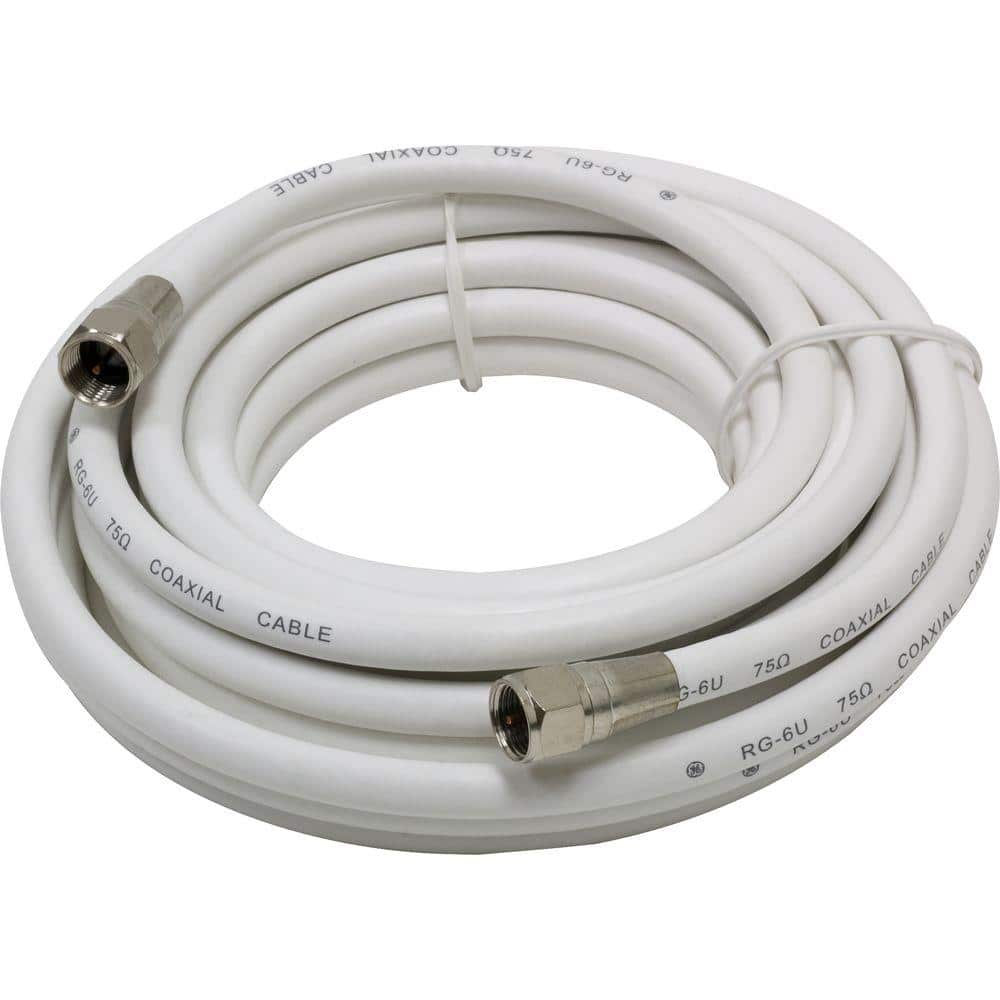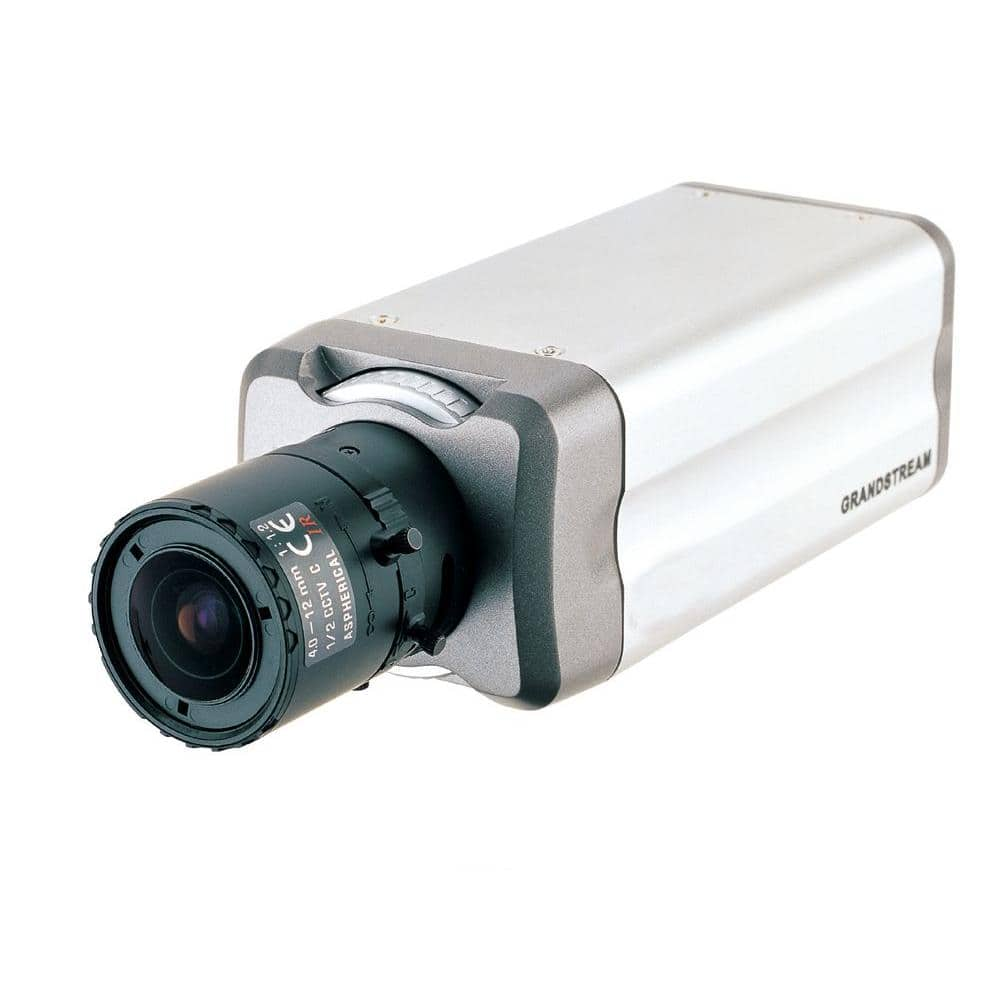Structured Wiring and Networking Panels
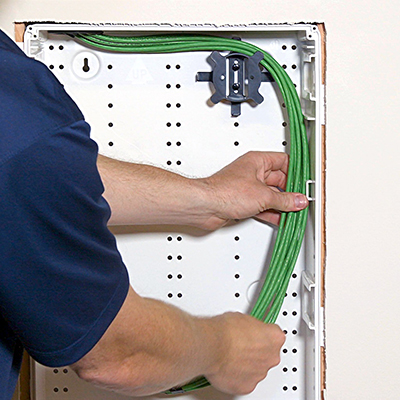
Published April 15, 2024
Structured wiring refers to a whole-house network of audio, video, data, telephone, television, home automation or security signals. This wiring can be installed when a home is being built. It may be put in during a remodel. Structured wiring can also be added on its own.
This guide will review structured wiring and networking panels.
Table of Contents
Structured Networking Panels
Cables
Wall Plates, Connectors and Accessories
Structured Networking Panels
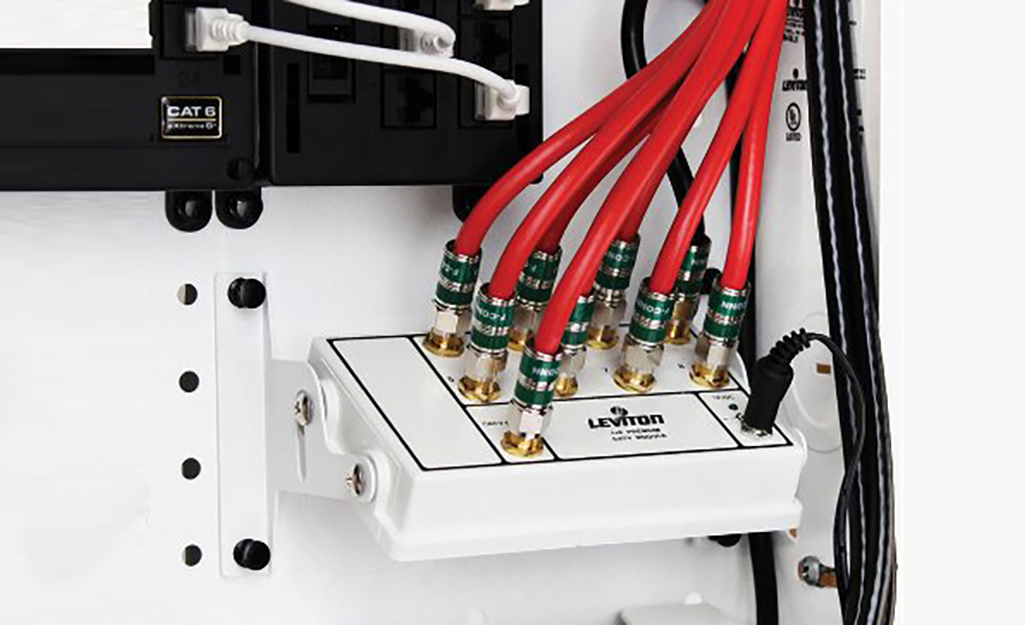
Structured wiring begins with a structured networking panel. These panels have ports for input cables and output cables.
The right structured wiring can deliver top performance from your electronics.
The panels accept cable from outside providers to distribute the signals to each room of your home. These direct lines are called “home runs.” They ensure the strongest possible connection and signal to each of your electronic devices. Using a structured wiring panels keeps all your home cables in one place for easier access.
Pre-fab structured networking panels come in range of sizes and configurations. These panels include the devices needed to deliver signals throughout your home. These devices may include signal amplifiers, routers and modems. There may be a punch down block for telephone wires. Panels may also have an electrical source to power its different devices.
Cables
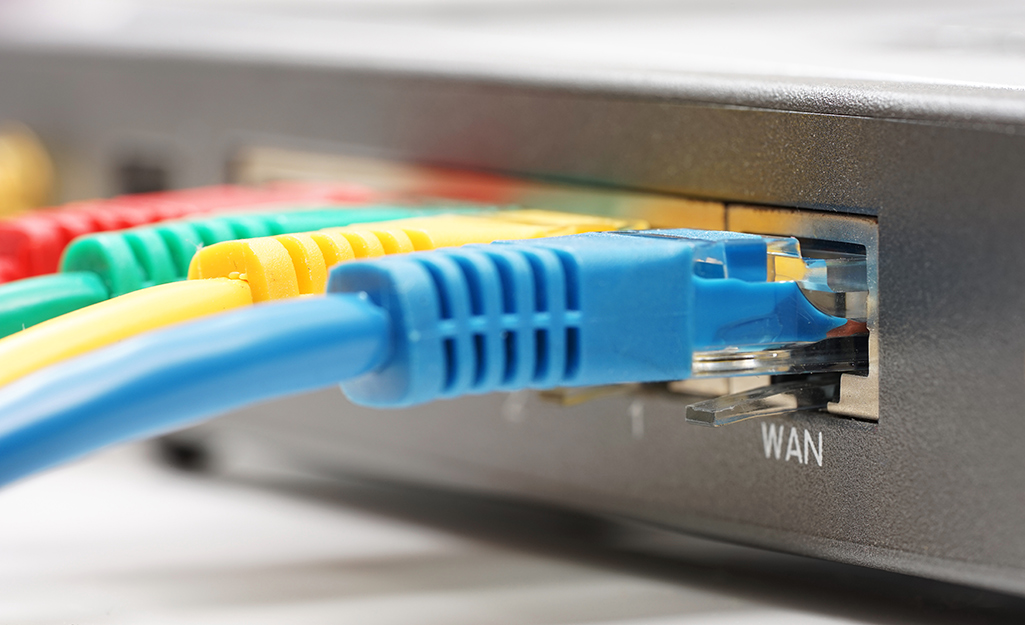
From the structured networking panel, you can run different types of cables depending on the signals you plan to distribute. Wire your home with high-performance cabling such as CAT-5e (Ethernet), CAT-6, CAT-6a, coaxial or fiber optics cables. These cables can connect computers, telephones, televisions, security cameras and other network devices.
When you splice cables together, you can lose signal quality. For stronger signals, run all cables directly from the networking panel to the end point.
CAT-5e/CAT-6 Cables
- CAT-5e (Ethernet) and CAT-6 cables connect telephones, computer networks, home automation networks and audio/video distribution systems. They are the most common method for wiring a home.
- CAT-5e cables consist of four pairs of wire (eight total conductors). They have with an Ethernet capability of up to 1,000 megabits per second (Mbps). They terminate in RJ-45 plugs. These plugs look like wider versions of classic telephone jacks.
- CAT-6 cables offer up to twice the bandwidth of CAT-5e cables.
Coaxial Cables
- A RG6 Quad Shield coaxial cable, usually called coax, is most often used to carry television signals and cable-based broadband Internet signals to connect video equipment.
- CAT-5e and coaxial cables form the backbone of a structured wiring system. This system organizes and distributes connectivity throughout your home.
- For a structured media setup, you can buy bundles of wiring with two runs each of CAT-5e and coaxial cables.
Fiber Optic Cables
- Fiber optic cable is less common in residential applications than coax and CAT-5e.
- However, fiber optic cable holds tremendous potential for delivering massive amounts of data, video and audio at very high speeds.
- Fiber optic cables use glass or plastic threads to transmit data efficiently.
Wall Plates, Connectors and Accessories
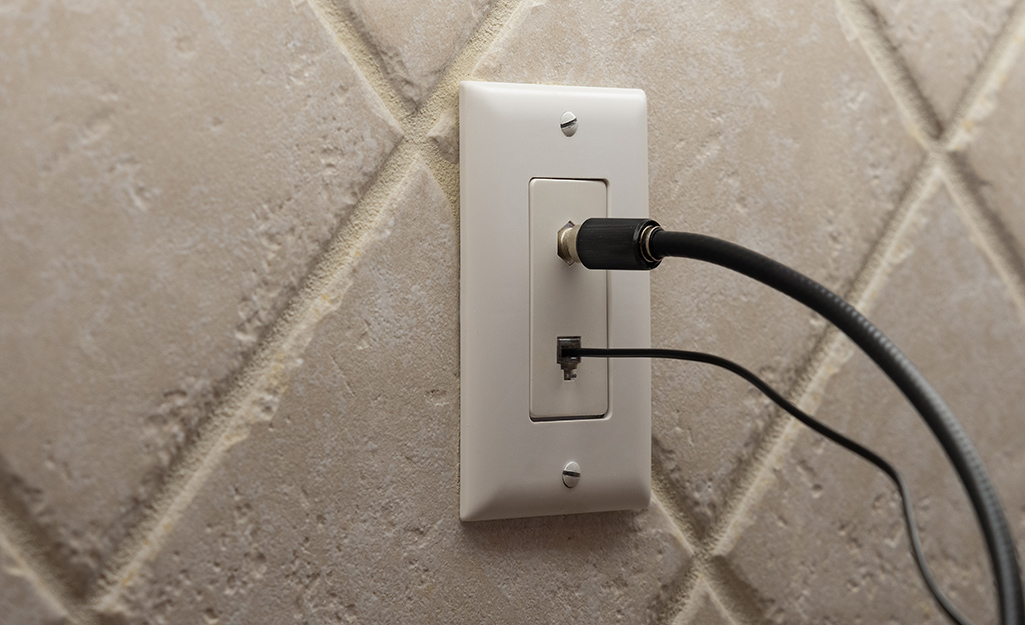
As you develop a structured wiring plan, you will need to include wall plates and connectors. Other accessories are available to give wiring a more organized and streamlined look.
- Multi-port wall plates allow you to run different types of cables from the structured networking panel to each room. All the cables terminate in a single wall plate. The ports accommodate snap-in connectors for coaxial, Cat-5e/6 and telephone terminations. Blanks are available to close off unused ports.
- Twisted-pair cable connectors (aka RJ-45 jacks), look like wider versions of classic RJ-11 phone jacks. These fit the ends of CAT-5e and CAT-6 cables.
- F connectors, or coaxial cable connectors, are often used with coax in broadcast and cable television equipment. F connectors provide an inexpensive and stable connection to these communications devices and other cables.
- Fiber optic cables require different types of connectors from those used with coax or CAT-5e cables. If you have fiber optic cables in your home, you may need to install a special adapter so that your computer can connect to it.
- Video amplifier modules boost the strength of CATV signals and eliminate FM interference. They are ideal for longer cable runs or when splitting to multiple locations.
- Blank inserts cover up unused housing openings. Plus, they preserve extra ports for future applications.
- Furniture hole covers organize cables and wires on desks, tables and entertainment centers.
The right structured wiring and networking panels can keep your home network operating at top capacity. Choose the cables that support your audio, video and data needs. Keep the signals strong by running the cables from a structured networking panel directly to each room.
Ready to get the structured wiring and networking panels you need for your house? The Home Depot delivers online orders when and where you need them.

